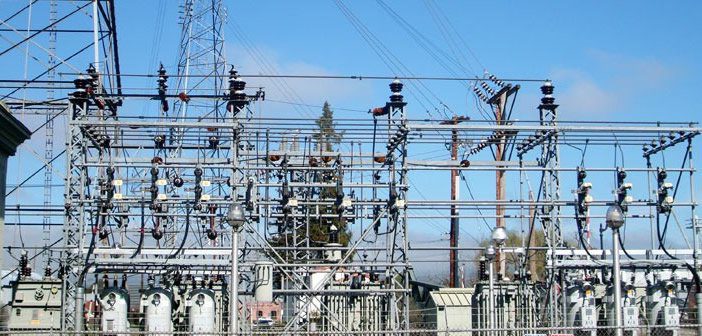Breaking News
Our reason for increasing electricity tariff – NERC
“What caused that was because there was no review of tariff. The DisCos cannot be mandated to pay for what they have not been allowed to charge and in that case, the payment to generation companies has significantly dipped which affects their ability to maintain their machine and also to pay for gas.

Musiliu Oseni, Vice President of the Nigeria Electricity Regulatory Commission (NERC), has revealed the reasons behind the recent increase in electricity tariffs for Band A customers.
NERC said on Wednesday that users will now pay ₦225 per kilowatt-hour, a considerable increase from the previous cost of ₦66.
Speaking on Channels Television’s Politics Today programme, Mr. Oseni explained that the Commission’s Act requires it to ensure that licenced entities operate efficiently, allowing them to recover sufficient revenue to cover capital investments, operational costs, and provide returns on investment.
Oseni said: “What informed the decision actually apart from the position of the Act is in the sense that if you look at December 2023 there was an improvement to the quality of service to January but from January up to date, there was a dip in generation availability.
“What caused that was because there was no review of tariff. The DisCos cannot be mandated to pay for what they have not been allowed to charge and in that case, the payment to generation companies has significantly dipped which affects their ability to maintain their machine and also to pay for gas.
“And if they are not able to pay for gas definitely, they won’t be able to generate not minding the fact that they also need money to maintain their machines.
“So, we are at a point where it is clearly that if nothing is done to ensure that tariff is reviewed so that the market can be relatively liquid the quality of supply won’t improve.”
Oseni further clarified that the tariff adjustment exclusively impacts Band A customers due to their access to approximately 20 hours of electricity per day.
He noted that prior to the tariff revision, the Band A category had been reduced from over 1000 feeders to 481 feeders out of a total of 3000.
“We currently have 800 feeders that are categorised as Band A, but it will now be reduced to under 500. This means that 17 per cent now qualify as Band-A feeders. These feeders only service 15 per cent of total electricity customers connected to the feeders.
“The commission has issued an order which is titled April supplementary order and the commission allows a 235 kilowatt per hour,” Oseni said in a press briefing announcing the new tariff earlier in the day.”


















